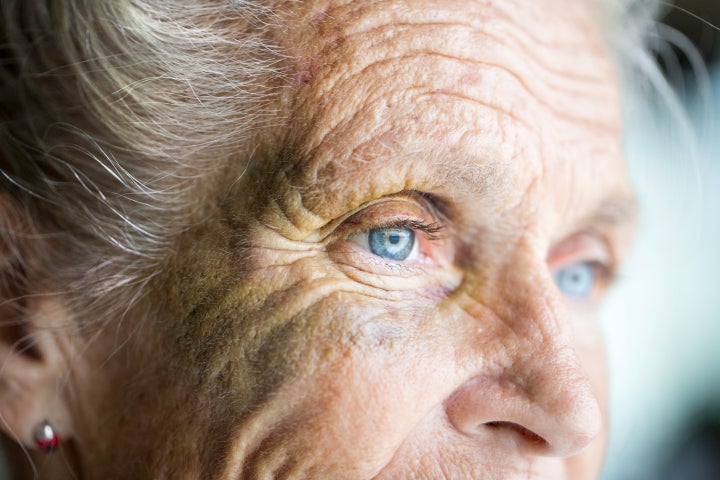Researchers have found changes in the visual systems of Parkinson’s patients that could be used in future as important biomarkers for early detection of the disease.
The team described “significant abnormalities” within visual system brain structures that are non-motor symptoms and may precede motor signs by more than ten years, according to lead researcher Professor Alessandro Arrigo.

These included alterations of optic radiations, reduction of white matter concentration in the brain and reduction of volume in the optic chiasm, this is where the left and right optic nerves intersect.
Dr. Arrigo said: ”Visual processing metrics may prove helpful in differentiating Parkinsonism disorders, following disease progression, and monitoring patient response to drug treatment.
“Just as the eye is a window into the body, the visual system is a window into brain disorders.”
Parkinson’s is traditionally characterised by motor metrics such as hand tremors, stiffness throughout the body and loss of balance and coordination.
But non-motor symptoms, like the inability to perceive colours, decrease in blinking and dry eye, also seem to arise at all stages of the disease because it is a neurodegenerative condition too.
“However, these symptoms are often undiagnosed because patients are unaware of the link to the disease and, as a result, they may be under-treated,” said Dr. Arrigo.
The study, published in the online journal Radiology, took 20 newly diagnosed and not yet treated patients (11 men and nine women) with Parkinson’s disease.
They all underwent MRI scans within four weeks of being diagnosed, and using this technique researchers were able to assess white matter changes in the brain, and investigate the concentration of grey and white accordingly.
This allowed them to see that changes in volume had occurred in the newly diagnosed patients, compared to a healthy control group.
“We’re excited by our findings,” Dr Arrigo said. “However, this is just a starting point.”
It is believed that around 1 in 500 people in the UK are affected by Parkinson’s disease, which means there are an estimated 127,000 people across the country with the condition, according to the NHS.
Most people with Parkinson’s start to develop symptoms when they’re over 50-years-old, although around 1 in 20 people with the condition first experience symptoms when they’re under 40.
